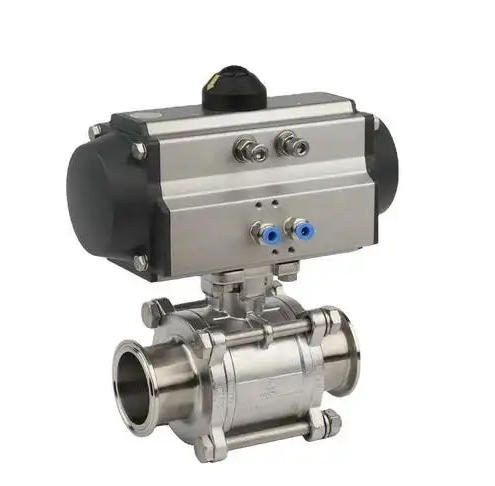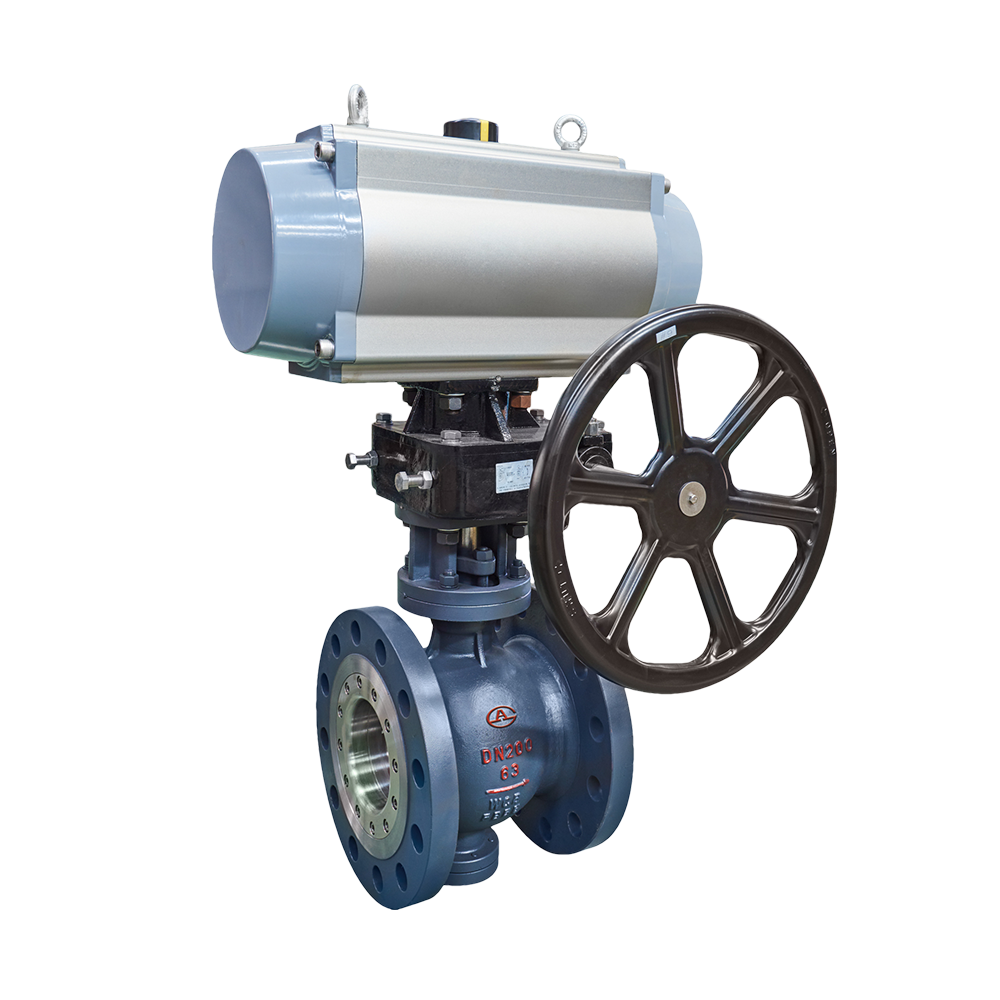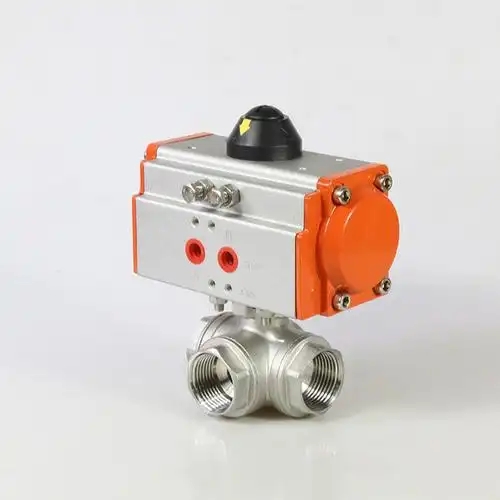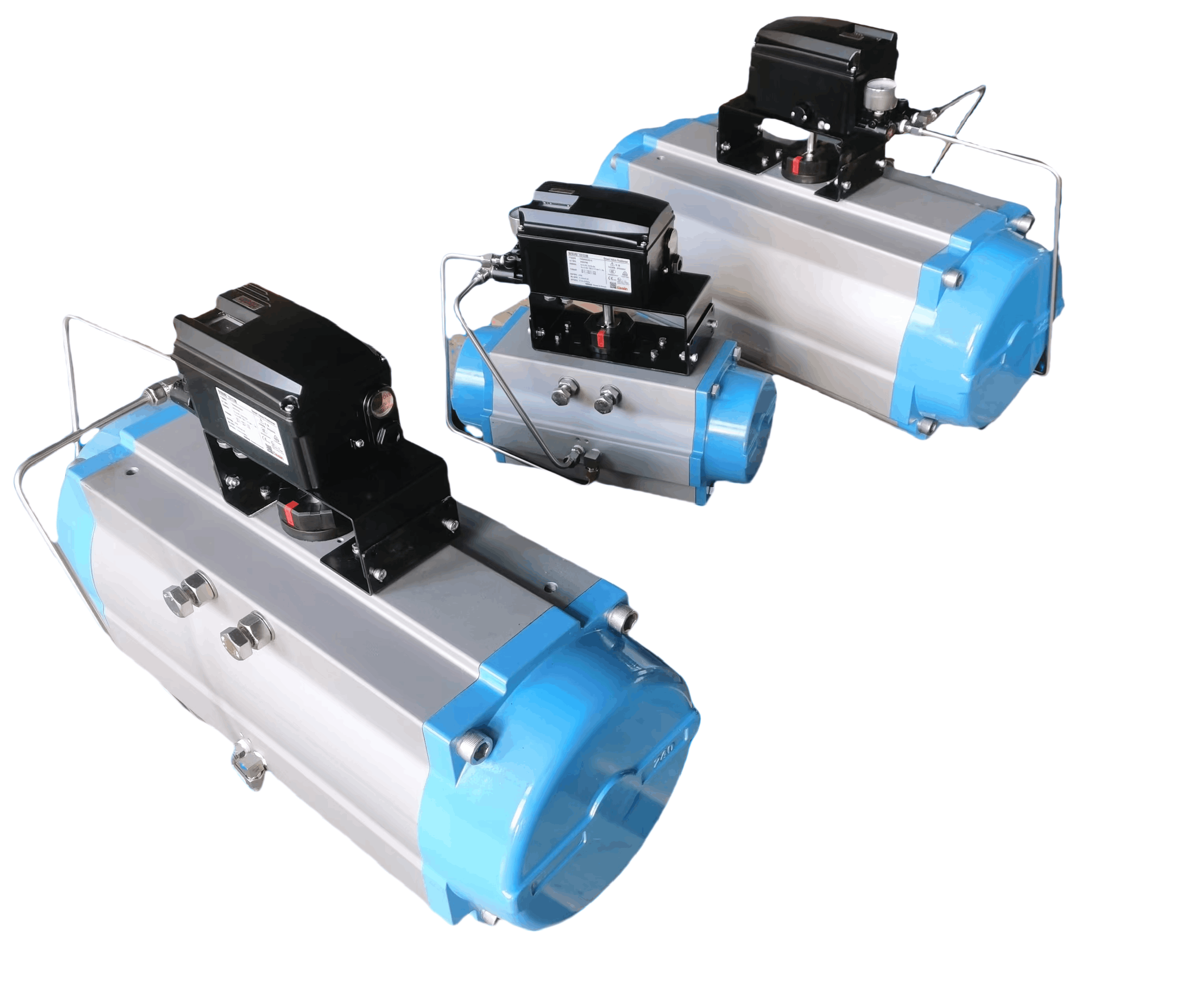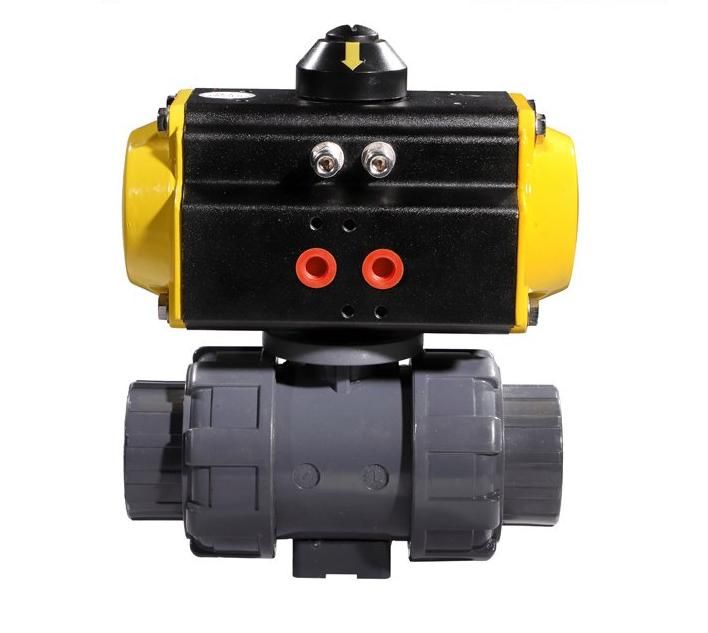Actuator Freezing Prevention Measures
1. Prevent Moisture Buildup
- Install air dryers and filters in the supply line to remove water vapor, the root cause of freezing.
- Drain condensation traps regularly, especially in cold climates, to eliminate liquid water that can freeze in chambers or valves.
2. Use Heating Solutions
- Apply trace heating tapes or low-wattage heating pads around the actuator and air lines.
- These maintain temperatures above freezing, preventing ice formation on critical components like pistons and gears.
- Ensure heating elements are rated for hazardous or industrial environments if needed.
3. Select Cold-Resistant Lubricants
- Replace standard lubricants with low-temperature formulas designed to remain viscous in freezing conditions.
- These prevent internal parts from seizing due to ice or thickened grease, ensuring smooth movement.
4. Insulate Vulnerable Areas
- Wrap the actuator and connecting pipes with weatherproof insulation to retain heat.
- Focus on exposed parts like valve stems and air fittings, which are most prone to cold penetration.
5. Implement Operational Checks
- During cold spells, test actuator cycles frequently to detect freezing early.
- If ice forms, thaw gently with warm air (avoid open flames) to prevent component damage.
- Adjust operating intervals to keep the actuator active, as movement generates slight heat that reduces freezing risks.
If you want to learn more about low-priced products, please visit the following website: www.xm-valveactuator.com







